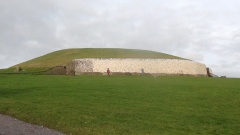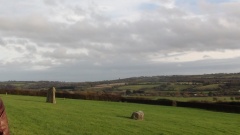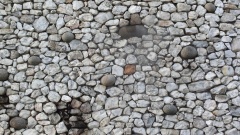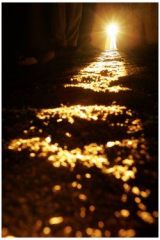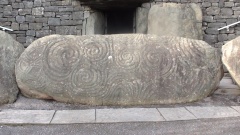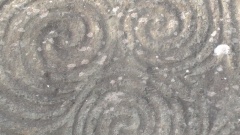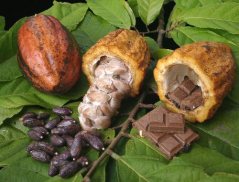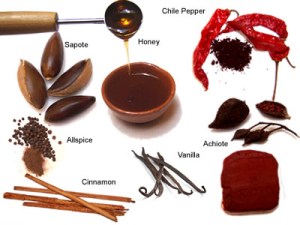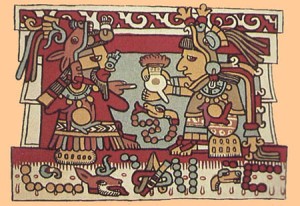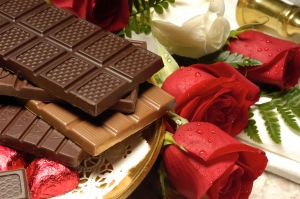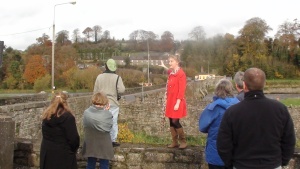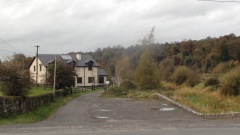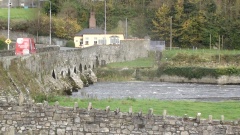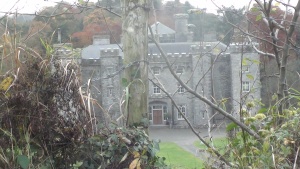Valentine’s day is upon us. As we head out to purchase that special gift for our special someone, what is at the top of our list? Chocolate. It is the quintessential representation of love. Have you ever wondered where it came from and how it came to symbolize love?
Origins
Chocolate comes from the seeds of the Cacao tree. The cacao tree is indigenous to tropical rainforest environments. Although it is thought that cacao originated in South America, cacao was first produced and used in Mesoamerican regions of Mexico, Belize, Honduras, & Guatemala, as well as Oaxaca Valley and Valley of Mexico.
Language
Cacao’s scientific name is Theobroma cacao, which means “food of the gods.” The word cacao has been reconstructed back to approximately 1000 BC. Maya called it kakaw and appears as a loan word in their language between 400 BC – AD 100. The Maya are believed to have borrowed the word from Izapan culture, an Olmec influenced culture located on the Pacific Slope of Chiapas, in the rich cacao producing region of the Soconusco, on the Pacific Coast of Mexico, during this time period. Aztec called it cacahuatl. The origin of the Aztec word “chocolate” is thought to be derived from the Classical Nahuatl word xocolātl meaning “bitter water.”
Archaeology
Chocolate has a 3500 year history in Ancient Mesoamerica. Mesoamerican people were the first to cultivate and transform cacao beans into chocolate. Cacao was prepared and ingested as a beverage, offered during rituals as food to the gods, and used as a form of currency and tribute.
Chocolate beverages were an array of drinks to which could be added a variety of flavorings. Chemical residue analysis of pottery vessels of four sites from the Pacific and Gulf Coasts of Mesoamerica yielded evidence for the use of chocolate beverages dating back as early as around 1000 BC.
Cacao-based beverages were important in the Maya culture. Ceramic vessels used for chocolate consumption were buried in tombs with the dead. The Maya consumed chocolate-based beverages at social or political events. The earliest use of cacao by the Maya comes from the ancient site of Colha in northern Belize. Fourteen ceramic jars taken from burials were analyzed for cacao residue and dates to 600 BC.
Diego de Landa, in the 16th Century, describes the Maya use of cacao. Cacao was mixed with maize to make and flavorings such as honey, achiote, or a variety of seeds to make a beverage. Today, the Lacandón Maya in southern Chiapas, make two types of cacao-based beverages; one to drink themselves and one for the gods. The secular chocolate drink is prepared by first fermenting, drying, and toasting the beans. The cacao beans are then ground and water and toasted corn is added. The mixture is frothed with a molinillo, or beater, to form a foam. The foam is scooped off and put on top of maize gruel, then the liquid is drunk.
The sacred version of the drink is prepared differently. The wife of the ritual’s sponsor roasts the beans and grinds them with a mano and metate. She mixes in grass called aak’ while grinding. Water is added, the mixture is strained, and then poured into bowls of balché, a ritual honey based fermented beverage, or corn gruel. The preparation is done in a special place near the “god house” where the “god pots” are kept. The resulting beverages are fed to the “god pots.”
The consumption of cachoatl in Aztec culture was restricted to the wealthy. Only individuals of the royal family, nobility, long-distance merchants, and warriors were permitted to imbibe chocolate beverages. Merchants of high status in Aztec society hosted feasts for other merchants, which included chocolate beverages. The serving of chocolate was at the end of a meal signaling the end of the festivities.
Chocolate and Amour
Within Aztec poetry, chocolate was a metaphor for luxuriousness and sensuality. The European notion of chocolate as an aphrodisiac can be dated back the Spanish Exploration period and is tied to the Aztec culture. Spanish explorers observed women serving the Aztec ruler Moctezuma 50 golden cups of chocolate at a palace feast and concluded it was for success with women, thus sealing the fate of this myth. Ever since, chocolate has been offered as a token of love.
Chocolate Travels Across the Atlantic
In 1528, Chocolate arrives in Spain. Cortés presented the Spanish King, Charles V with cacao beans from the New World and the necessary tools for its preparation. Cortés is also responsible for inspiring the modern preparation of chocolate. He suggests that the bitter beverage be blended with sugar, clearing the path for the preparation of chocolate we now consume. The Spaniards prepared chocolate with sugar, vanilla, nutmeg, cloves, allspice and cinnamon. Chocolate became all the rage with Spanish nobility. Spain was able to keep chocolate a secret from the rest of the world for almost 100 years.
In 1615 Princess Anne, daughter of King Philip III let the secret out by introducing the chocolate drink to her Husband King Louis XIII and the French court. By the 17th century, chocolate was a fashionable drink throughout Europe, believed to have nutritious, medicinal and even aphrodisiac properties. The Europeans sweetened and lightened it by adding refined sugar and milk. Unlike in Mesoamerica, Europeans used chocolate for sweets and desserts.
Chocolate as we know it was born in the 19th century, when Briton John Cadbury developed an emulsification process to make solid chocolate creating the modern chocolate bar. Richard Cadbury produced the first box of chocolates for Valentine’s Day in the late 1800s.
As we prepare to partake in our box of heart shaped deliciousness, remember that chocolate is rich in history as well as flavor. Consider it food for thought.
References Consulted:
Coe, Sophie D.
1992 Chocolate: Not the Flavor but the Flavored. In Spicing up the Palate: Studies of Flavorings – Ancient and Modern, edited by Harlan Walker, pp. 63-66. Proceedings of the 1992 Oxford Symposium on Food and Cookery. Prospect Books, London.
Coe, Sophie D. and Michael D. Coe
1996 The True History of Chocolate. Thames and Hudson, New York.
Dreiss, Meredith L. and Sharon E. Greenhill
2008 Chocolate: Pathways to the Gods. The University of Arizona Press, Tucson.
LeCount, Lisa J.
2001 Like Water for Chocolate: Feasting and Political Ritual Among the Late Classic Maya at Xunantunich, Belize. American Anthropologist 103:935-953.
Hurst, W. Jeffrey, Tarka, Jr., Stanley M., Powis, Terry G., Valdez, Jr., Fred, and Thomas R. Hester
2002 Cacao Use by the Earliest Maya Civilization. Nature 418:289-290.
Powis, Terry G., Hurst, W. Jeffery, Rodriguez, Maria del Carmen, Ortiz, Ponciano, Blake, Michael, Cheetham, David, Coe, Michael D., and John G. Hodgson
2008 Origins of Cacao Use in Mesoamerica. Mexicon 30:35-38.
Wikipedia. History of Chocolate. Electronic Resource, Accessed January 29, 2013.
http://en.wikipedia.org/wiki/History_of_chocolate
Young, Allen M.
1994 The Chocolate Tree: A Natural History of Cacao. Smithsonian Institution Press, Washington DC.
